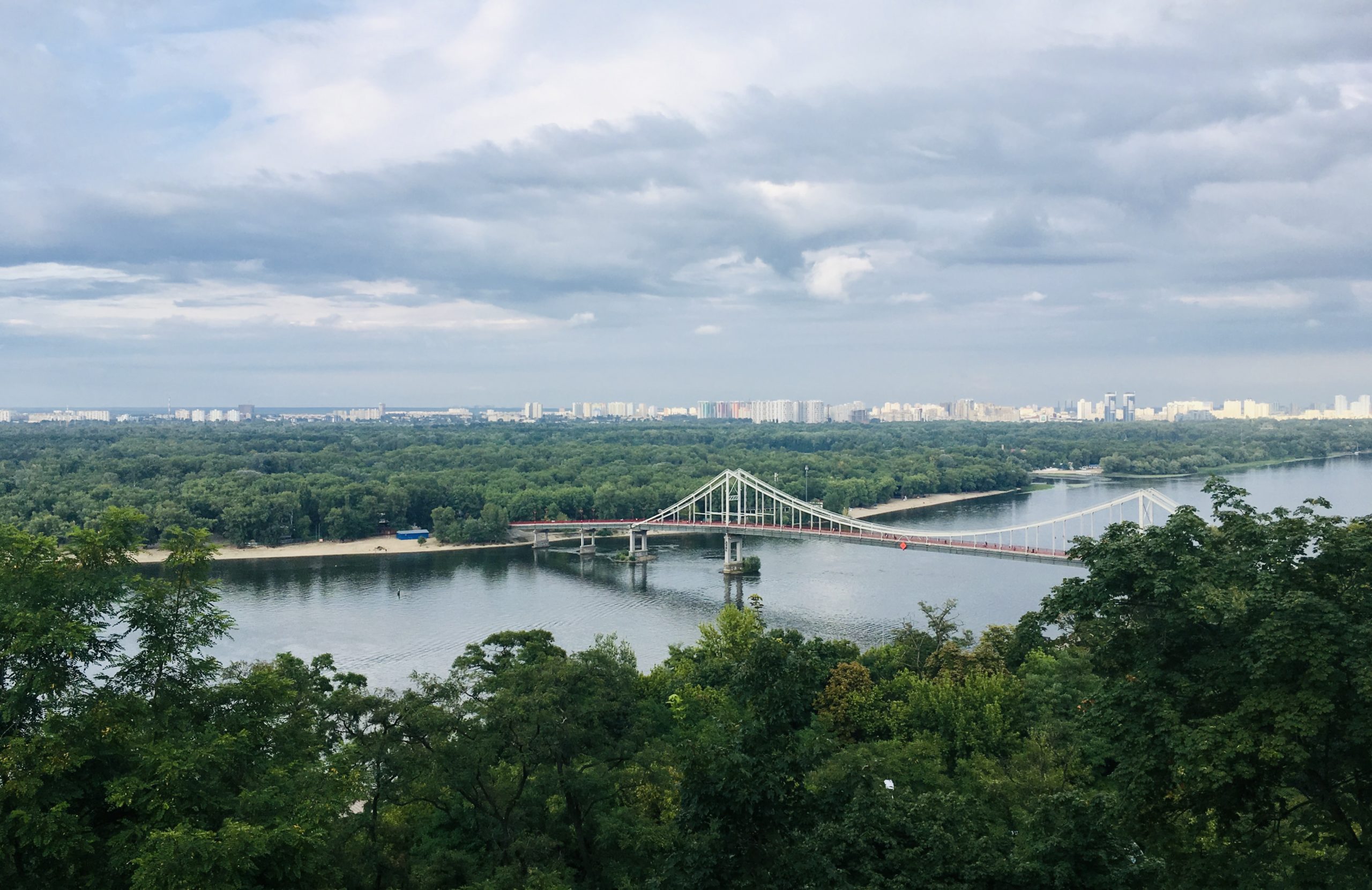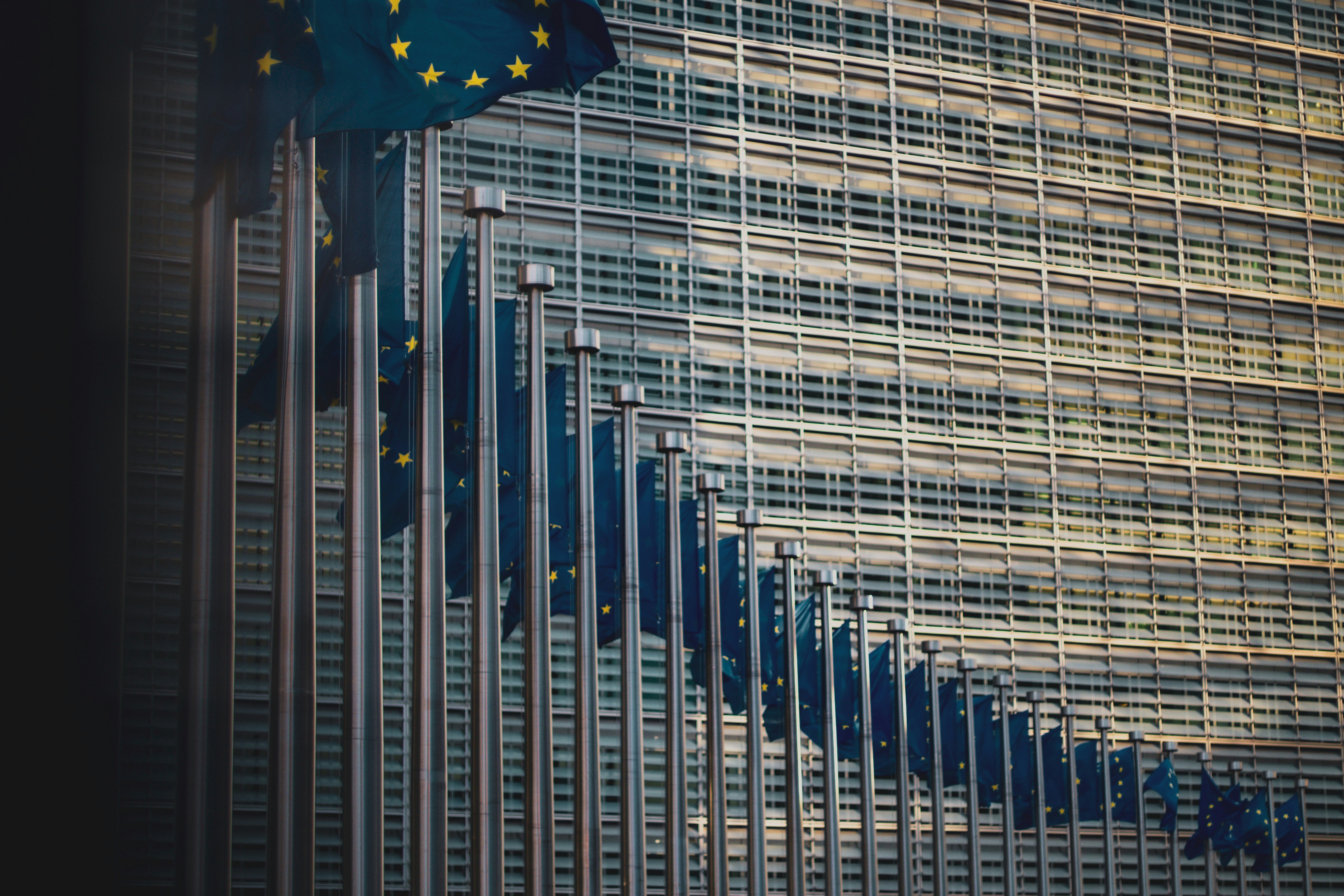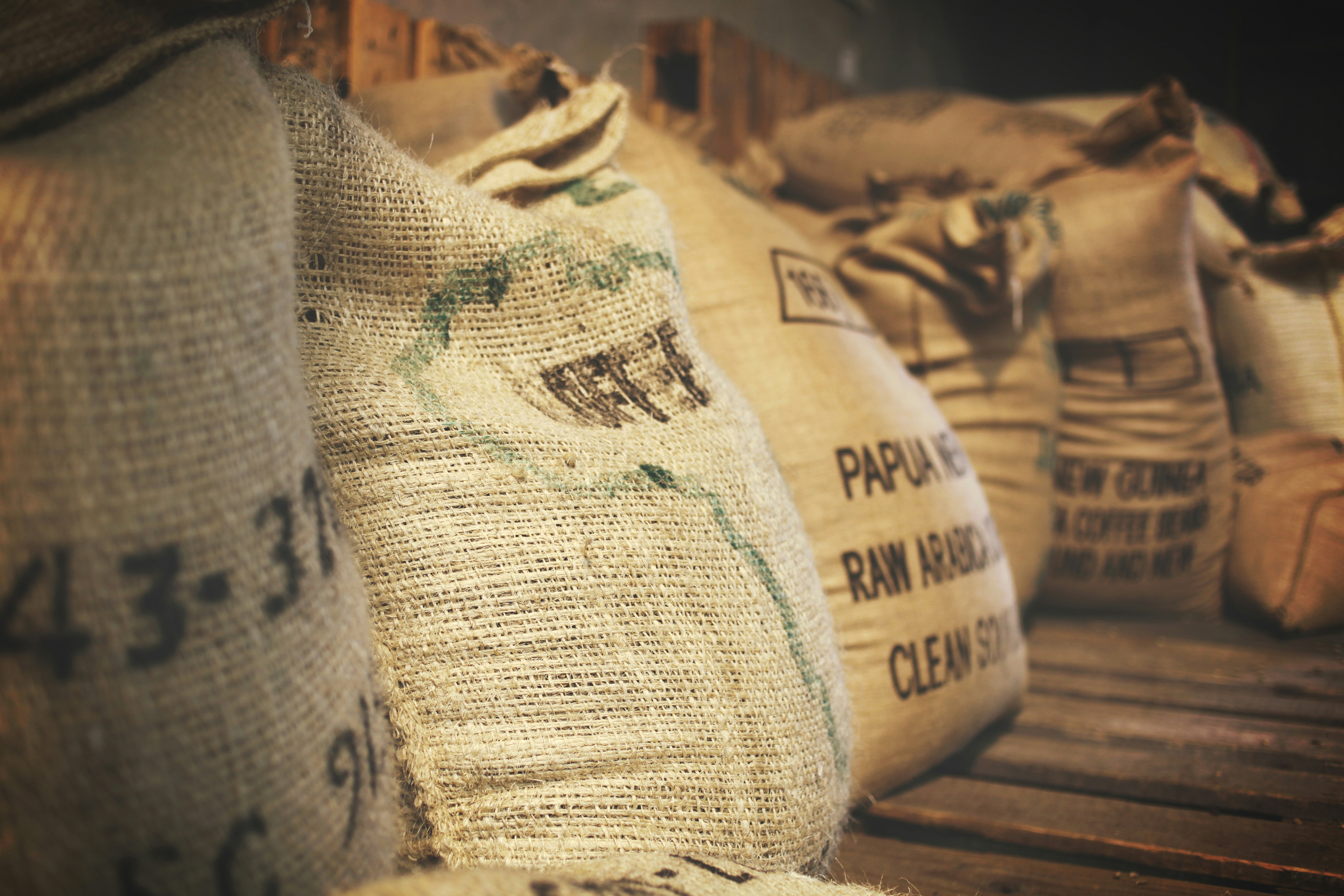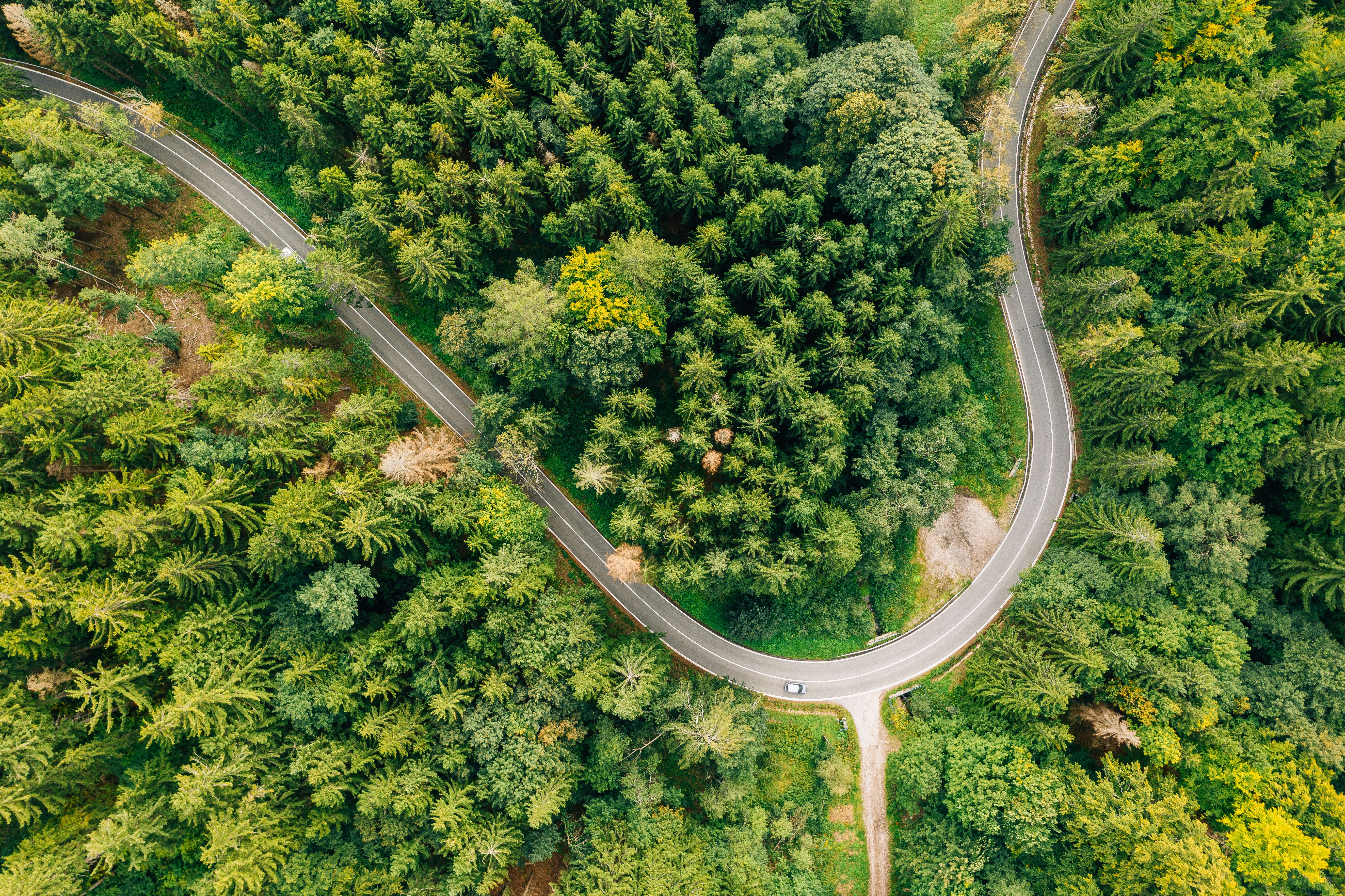The context
In February 2022 Russia started the full-scale invasion of Ukraine. The conflict quickly engulfed the Eastern and Southern parts of the country turning it in Europe’s largest war since 1945[1]. In the midst of the war, at the Ukraine Recovery Conference (URC) 2022[2] in Lugano in July 2022, Switzerland jointly with Ukraine, together with the support of international partners, presented the ‘Lugano Declaration’. The document created a framework for the political process guiding Ukraine’s reconstruction. This was an important momentum steering the focus towards the future, the process of reconstruction and the needed investment. The outcome document[3] of the URC2022 highlighted a number of actions, specifically welcoming innovative approaches to recovery, such as green energy transition, digital transformation, national and international innovative and sustainable financing, including harnessing possible reparations, contributions by private donors and the private sector. These areas have been further confirmed during the latest URC 2023 in London, where theMinistry of Economy of Ukraine has even announced the details for the establishment of the Ukraine Development Fund (the UDF)[4]. The UDF will be a National Development Finance Institution focused on attracting public and private sector capital into the reconstruction of the post-war economy through blended finance. The UDF will invest in the form of concessionary capital across five key sectors of the Ukrainian economy, such as infrastructure, agriculture, manufacturing, IT and energy incl. green steel and hydrogen.
Figure 1: Five key sectors targeted by UDF with a potential addressable market of $50bn+1 suitable for private capital investment.
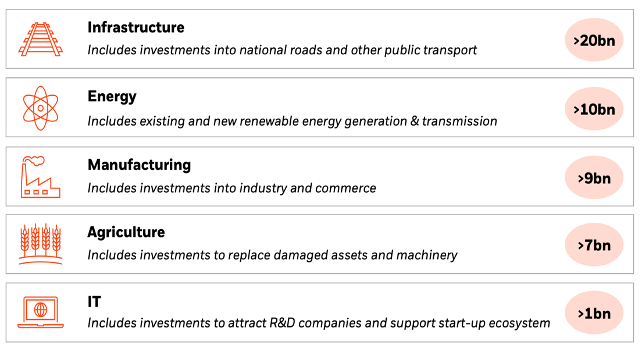
The Future
The current situation means that especially the European Union (EU) with its ambition for dual green and digital transition has an opportunity to not only support Ukraine in overcoming the destructions of the war, but to grow together with the country. In such, Ukraine could not only break away from its old Soviet infrastructure and rebuild with long term sustainability and climate resilience in mind, but it could see its industry integrating (already now) into the European and global value chains by e.g., developing more innovative technologies in the green, agriculture and digital sector. This way the EU and Ukraine can jointly become stronger and more competitive.
In light of the above, we would like to reflect on some of the sectors and areas of opportunities that lie in Ukraine, particularly with the focus on green recovery and transition. This reflection has been part of several current projects done by Technopolis Group. For example, while supporting the European Commission in monitoring science, technology and innovation in the Eastern Partnership countries[5], together with DLR, Civitta Ukraine and other partners, and with Ukraine Institute of Social Studies while looking at the stock of relevant documents to assess the potential sectors for Ukraine green recovery identified by the Ukrainian Recovery Plan[6], the United Nations Industrial Development Organisation[7] and the United Nations Economic Commission for Europe[8].
The priority sectors and areas
The priority sectors with the focus on green recovery and transition include: development of the renewable energy and hydrogen, circular economy, resource and waste management, machine building, agriculture, furniture industry, and digitalisation of the industry. These sectors are particularly relevant for the regions in the West Ukraine, which already now can mobilize more funding[9].
Renewable energy and Hydrogen
In 2019, Ukraine entered the TOP-10 countries in the world in terms of renewable energy development, and in 2020 — in the TOP-5 European countries in terms of solar energy installation. Adding new projects would be a straightforward way to spur development. Hydrogen is an essential element for the future low-carbon economy, especially in sectors that are hard to abate[10]. Given the large solar and wind potential of Ukraine, it is in position to become a major producer of hydrogen and use it to decarbonise its steel industry. Further, thanks to its pipeline connection with the EU, it could become a major exporter of hydrogen to the Union[11]. Beyond that, Ukraine is a leading producer of many critical materials required for green technologies such as gallium, titanium, nickel, manganese and uranium[12].
Circular economy
The concept of circular economy rests on the idea that materials can be maintained within the economic system so that extraction of raw materials is minimized. Ideally, the loop takes place as close to the user and the final product as possible. Waste management is outlined by UNIDO and the UNEP[13]as an area Ukraine is lagging in. Along with the great amount of demolition and construction waste generated during the war, there is a challenge with municipal and industrial waste. Currently, its potential for energy generation and material recovery is not exploited. This is recognised by the Recovery plan of the Ukrainian government, which sets out to restore and develop waste management infrastructure[14]. Possible criteria for the prioritisation are the presence of waste management facilities or industries that could use each other’s waste products as inputs.
Agriculture, bioeconomy and food industry
The agricultural sector is an important element of the Ukrainian economy. From a purely agricultural standpoint, there is a large potential for a transition to more environmentally benign forms of agriculture like nature inclusive farming and circular agriculture and precision agriculture to reduce polluting inputs[15]. From an energy point of view, its potential for a more sustainable economy is mainly centred around the production of biogas and feedstocks for biobased materials and biofuels[16]. There is a large amount of infertile and marginal land that could be used for energy crops and bioenergy needs[17] and the potential for biogas produced from manure is far from exhausted[18]. The next step in the value chain is the food industry, which could become a major sector of value creation in the Ukrainian economy[19]. Issues that should be resolved while transitioning to a more sustainable future should include improving quality management, increasing funding and investment, addressing market distortions and refining national legislation.
Furniture industry
The furniture industry is among the prioritised industrial sectors in the Ukraine Recovery Plan[20], esp. in Western Ukraine. Circularity-related challenges faced by the furniture industry relate to the utilisation of higher-quality materials that would enable longer product lifespans, designing products for repair and better maintenance and improved education of the users to take care of their products[21]. Other trends that influence this sector and should be born in mind during a recovery include transition to e-commerce, IT and 3D visualisation technologies and demand for customisable products.
Digitalisation of industry
Finally, and as mentioned above, further digitalization of the industry is a crucial enabler to a circular, sustainable and competitive economy. The business sector is still at a low level of digital transformation. These can be e-monitoring systems to track progress the performance on productivity, resource efficiency, environmental wimpact, etc.[22] Ukraine has a very promising ICT sector for already several years and a vibrant start-up ecosystem contributing to its further growth. Establishing a robust support network of Digital Innovation Hubs would further enhance and scale the effect of individual entrepreneurs and isolated initiatives.
To conclude: If you want to know more about our work in Ukraine and in other Eastern Partnership countries, welcome to reach out to one of our experts[23] or read about our projects in the articles[24].
Authors: Anastasiia Konstantynova, Geert van der Veen, Yavor Razboinikov.
[1] https://www.fpri.org/article/2023/02/putin-the-green-the-unintended-consequences-of-russias-energy-war-on-europe/
[2] https://www.urc-international.com/urc-2022
[6] https://global-uploads.webflow.com/621f88db25fbf24758792dd8/62c166751fcf41105380a733_NRC%20Ukraine%27s%20Recovery%20Plan%20blueprint_ENG.pdf
[8] https://unece.org/sustainable-energy/publications/rebuilding-ukraine-resilient-carbon-neutral-energy-system
[9] Arthur ten Have, Orange Health Consultants, on “UKRAINIAN HEALTH CARE. Building Back Better?!” at the Platform meeting PPP Health Care Ukraine, The Hague, 07/07/2023
[10] https://www.iea.org/reports/hydrogen
[11] https://unece.org/sites/default/files/2023-06/EN_Rebuilding%20Ukraine%20with%20a%20Resilient%20Carbon-Neutral%20Energy%20System_V6.pdf [1] https://unece.org/sustainable-energy/press/ukraine-aligns-its-national-mineral-resources-classification-system
[12] https://downloads.unido.org/ot/30/53/30531509/UNIDO%20rapid%20industrial%20diagnostic%20study_Ukraine_Feb%202023.pdf
[13] https://global-uploads.webflow.com/621f88db25fbf24758792dd8/62c166751fcf41105380a733_NRC%20Ukraine%27s%20Recovery%20Plan%20blueprint_ENG.pdf
[14] https://wwfeu.awsassets.panda.org/downloads/ukraine___a_sustainable_economic_recovery_for_people_and_nature___wwf_bcg___sept_2022_light.pdf
[15] https://unece.org/sites/default/files/2023-06/EN_Rebuilding%20Ukraine%20with%20a%20Resilient%20Carbon-Neutral%20Energy%20System_V6.pdf
[16] ibid
[17] https://doi.org/10.1016/j.rser.2018.06.035
[18] https://wwfeu.awsassets.panda.org/downloads/ukraine___a_sustainable_economic_recovery_for_people_and_nature___wwf_bcg___sept_2022_light.pdf
[19] https://global-uploads.webflow.com/621f88db25fbf24758792dd8/62c18564ad95361b56e23d96_Add_K_2_%D0%86nvestment%20menu_Mineconomy.pdf
[20] https://circulareconomy.europa.eu/platform/sites/default/files/circular-economy-in-the-furniture-industry.pdf
[22] https://www.technopolis-group.com/our-people/?wpv_view_count=158&wpv_post_search=&wpv-relationship-filter=14045&wpv_paged=1
